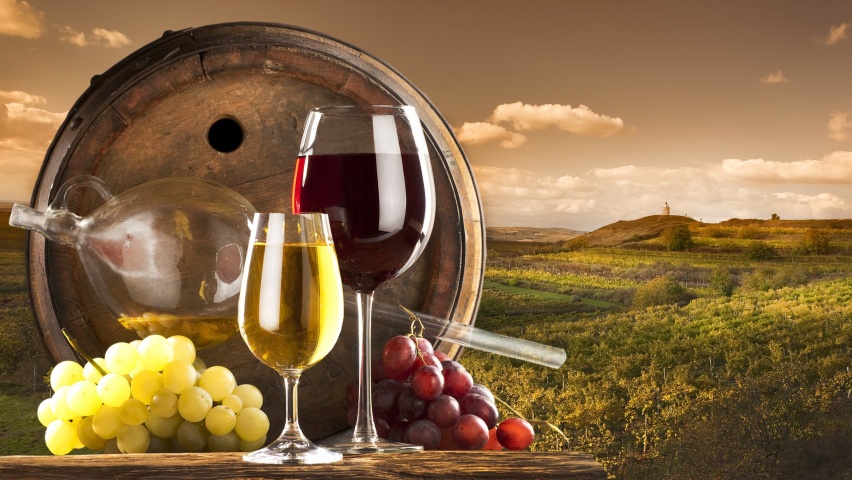

GRAPES ON THE VINE… WHY NOT BE CRUSHED TO MAKE WINE.
Chandana
24 April 2018
People have been drinking wine with food for centuries all around the world. One of the most influential factors affecting the flavor of wine is the grape variety or varieties that go into its making. In order to appreciate wine; it’s essential to understand the characteristics of different grapes offered and how those characteristics should be expressed in wines. Cabernet Sauvignon, Merlot and Zinfandel are all red grapes, but as wines their personalities are quite different. Even when grown in different appellations and vinified using different techniques, a varietal wine always displays certain qualities, which are inherent in the grape’s personality. Muscat should always be spicy, Sauvignon Blanc a touch herbal. Zinfandel is zesty, with pepper and wild berry flavors. Cabernet Sauvignon is marked by plum, currant and black cherry flavors and firm tannins. Understanding what a grape should be as a wine is fundamental, and knowing what a grape can achieve at its greatest is the essence of fine-wine appreciation.
In good bars in Delhi-NCR you will have sommelier who has an extensive knowledge about wines, grapes spirits etc. even now a day’s everyone wants to be updated on all these things. Drinking wine and having knowledge is considered as sophistication. All these information and knowledge can be received from different Hotel management institutes in Delhi.
The finest wines are known primarily by geographic appellation. (Although this is changing; witness the occasional French and Italian varietals). Most wines are labelled by their varietal names even, sometimes, by grape combinations (Cabernet-Shiraz, for example). To a large extent, this is because in the United States, the process of sorting out which grapes grow best in which appellations is ongoing and Americans were first introduced to fine wine by varietal name. In Europe, with a longer history for matching grape types to soil and climate, the research is more conclusive: Chardonnay and Pinot Noir, for instance, are the major grapes of Burgundy. Cabernet Sauvignon, Merlot, Cabernet Franc, Malbec and Petite Verdot are the red grapes of Bordeaux. Syrah dominates Northern Rhône reds. Barolo and Barbaresco are both made of Nebbiolo, but the different appellations produce different styles of wine. In Tuscany, Sangiovese provides the backbone of Chianti. Europeans are used to wines with regional names.
The different Hotel management institutes in Delhi provide the basic information but among them The Hotel School, New Delhi gives extensive information, details and knowledge by conducting workshops, Events and field trips to enhance and make the students aware about different grapes and wines.
As I am willing to put some more light on the different varieties of grapes, following are the example for your better understanding.
Here are the few famous grape varieties found all over the world.
Cabernet sauvignon
If there is such a thing as a mythology in wine, then cabernet would occupy an exalted position on Olympus. The name cabernet is irrevocably linked with Bordeaux, its home, and Claret, the wine which in the Anglo-Saxon world conjures up images of sophistication and good living.
Chardonnay
Chardonnay does not have a distinctive aroma or flavor, although it does have a broad and structured palate. Instead it reflects where it is grown and how it is made.
Merlot
Merlot gives color and the richness of alcohol making round, supple wines. It has aromas of plum, strawberries, redcurrant, violet and truffle.
Sauvignon blanc
Sauvignon blanc is still very much the grape du jour in vineyards – and wine bars – across the world; the gin and tonic of our time.
Syrah
Syrah is characterized by being deep in color, sometimes almost black and unmistakably spicy, with peppery, black-fruit flavors.


